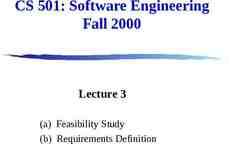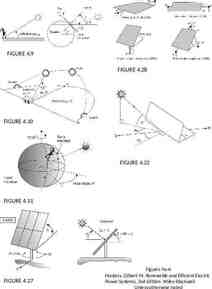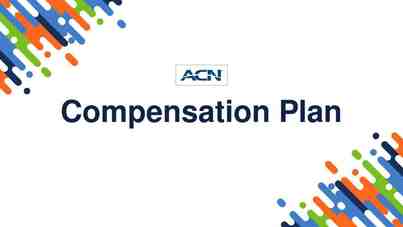Standards for Ecologically Successful River Restoration Palmer et
16 Slides82.75 KB

Standards for Ecologically Successful River Restoration Palmer et al., 2005, Standards for Ecologically Successful River Restoration Dylan Castle

Overview What is Successful Restoration 5 criteria for River Restoration Standards Examples of Restoration Conclusion

What is Successful Restoration? Main focus: Improving environmental conditions Ideally successful restoration – – – – – Cost-effective Outcome satisfying to shareholders Aesthetically pleasing Provided knowledge for future restorations Ecologically successful Currently, no accepted set of restoration standards – Most projects never monitored post-restoration

Five Criteria for Measuring Successful Restoration Projects Guiding Image Improved Ecosystem Increased Resilience Harmless Availability of pre- and post- project assessment

1. Guiding Image Establishment of ecological endpoint to guide restoration There is no universal standard for all rivers – Image needs to be realistic and site specific – Considers biologic, hydrologic, and geomorphologic aspects E.g. Reconfiguring a braided channel to a meandering channel may not fit geomorphology

Establishing an Image Aerial photographs, maps, ground photography, and land records Example: U.S. Government land surveys from 1800’s were used as a reference for contemporary restoration projects on the upper Mississippi Using undisturbed or previously restored sites as reference. – Taking into consideration geomorphology, hydrology, climate, geology, and zoogeography. Example: Using steep, mountainous streams as a guide to restore meandering valley rivers.

Establishing an Image Cont. Employing empirical models – Knowledge of channel, sediment, and hydraulic relationships to form design parameters. – Useful if no reference conditions present Stream classifications – Ordering into groups based on common characteristics. – Factors: channel pattern, gradient, bed material size, and sediment load. Common sense – Areas with no riparian vegetation may simple need planting of new riparian vegetation.

2. Improved Ecosystems Ecological conditions of a river need to be measurable enhanced – Fish populations – Improved water clarity and quality – Seasonal meadows and floodplains Improvements take time – Different ecological variables take different amounts of time to recover. – Variability can actually be a signal of successful restoration as natural systems are themselves variable

Improved Ecosystems Cont. Clear understanding of scale and severity of constraints needs to be established. Level of Restoration depends on many factors – Funding, infrastructure limits, and stakeholder needs Restoration improvement limits lie at the point where ecological and stakeholder outcomes are met and future efforts benefit from acquired knowledge.

3. Increased Resilience River ecosystem is more self-sustaining then before restoration Successful restorations have characteristics that can recover from rapid changes and stresses – Being able to recover from floods Without restoring resilience: – Need ongoing repair – Constant management

Increased Resilience Cont. Hard engineering structures should be avoided Some situations may require hard engineering – Facilities that prevent incision but encourage lateral movement – Establishing culverts or pathways for access to fish spawning areas

4. Harmless Implementing restoration does not permanently harm the system – Minimize loss of native vegetation – Construction during non-spawning seasons – Not removing an riparian vegetation Restoration does not inflict harm somewhere else – Example: Restoration efforts that lead to permanent increases in downstream sedimentation

5. Assessment Assesses pre- and post- restoration information Established positive and negative affects Information is readily available for other projects. Some projects are easily assessable – Checking to make sure replanted riparian vegetation is still alive – Water quality/temperature has improved

Restoration Example 1 Problem: Increase of peak runoff in urban areas due to runoff of impervious surfaces Solution 1: Creating floodplain wetlands to intercept runoff and increase infiltration Solution 2: Construct rock walls or rip-rap. Solution 1 is better. Uses abilities to moderate flow. Also does not need long-term maintenance or repair. Therefore, more self-sustaining.

Example 2 Problem: Channel disconnected from floodplain in large lowland rivers Solution 1: Levee breaching or widening. Solution 2: Periodic Dredging Solution 1 restores a natural periodic process benefits propagation of native species and natural flood retention. Solution 2 is costly and significantly disrupts ecology. Also requires regular maintenance.

Conclusion Ideally successful restoration – – – – – Cost-effective Outcome satisfiable to shareholders Aesthetically pleasing Provided knowledge for future restorations Ecologically successful 5 Criteria for Measuring Restoration Success – – – – – Guiding Image Improved Ecosystem Increased Resilience Harmless Availability of pre- and post- project assessment Two Perspective for Ecological Goals – Moving away from a degraded state – Approach a desired improved condition






